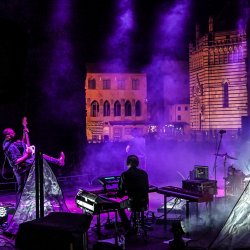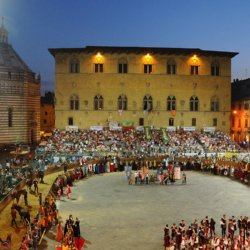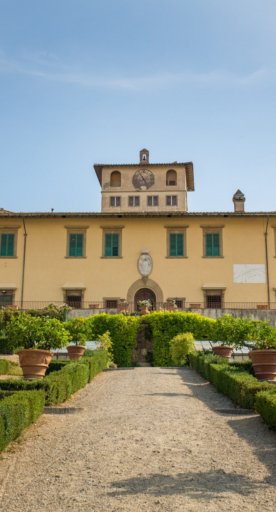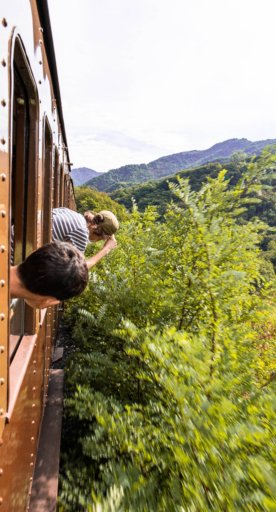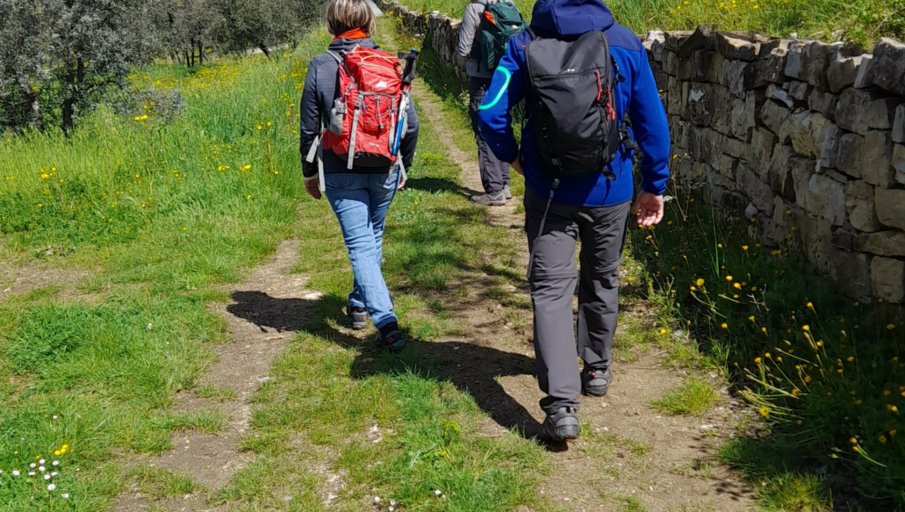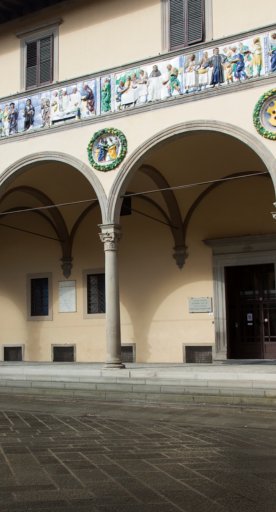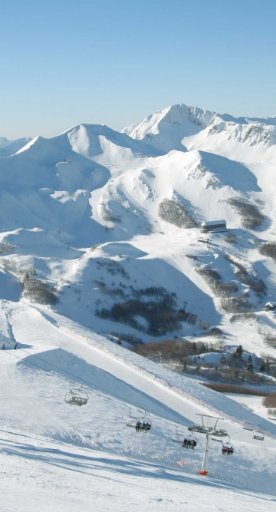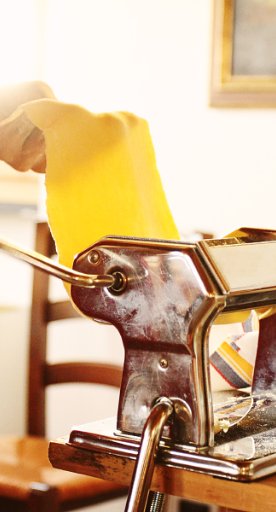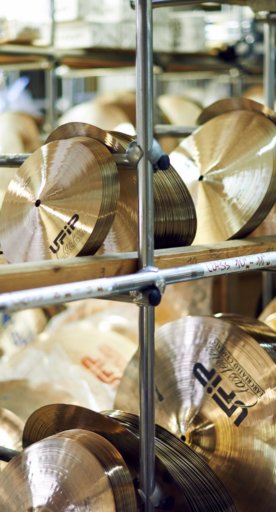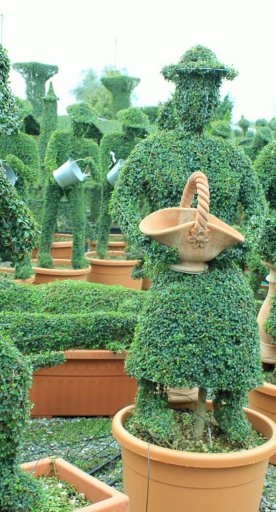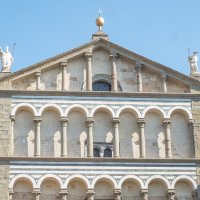Hiking through hamlets in Sambuca Pistoiese
Nature-based ideas for hikers, foodies and culture lovers
Small yet spread out, Sambuca Pistoiese is a proverbial “borderland” on the Emilia-Romagna-nearing edge of Tuscany, littered with Lombard influences dating back to the 12th century. Found within the Pistoia province, it’s not so much a single town as a smattering of hamlets, Pavana being the most populous. With so much of its character and landscape shaped by the Superior Limentra (one of the key tributaries of the Reno River), it’s no surprise that this is a hotbed for hikers and lovers of land-based culture. Wherever your interests may lie, there’s a path (or several) here well worth exploring.
-
1.Getting oriented
-
2.Craving chestnuts
Getting oriented

Navigating Sambuca Pistoiese’s nature trails on your own is certainly doable with help from the C.A.I. (Club Alpino Italiano), which has helpful markings and maps spread through the various woods. But if you’re traveling in a group and are interested in adventuring with local expert guides, arrangements can be made through the Comune (comune@comune.sambuca.pt.it) or through the Castanea Società Cooperativa Agricolo Forestale (info@castaneasoccoop.com).
Venturing out without a guide? Try an easy 5km itinerary through the hamlet of Castello di Sambuca, weaving through monuments including an 11th century castle. This route comes courtesy of the Comunità Montana Appennino Pistoiese and takes you by the structure, which originally served as the Pistoia bishop’s estate. Beyond the breezy pleasure of the hike itself, the path winds through a number of other historic sites, including a Franciscan nunnery where overnight stays can be booked (tel. 0573-893726). Nature lovers, take note: trees to look out for along the way are sycamore maples (acer pseudoplatanus) and Scotch elms (ulmus glabra).
You’ll begin in tiny Taviano in the piazzale del Comune, Sambuca Pistoiese’s administrative headquarters, where you’ll then walk over the bridge crossing the Limentra stream. Veer right and keep going for around twenty meters, then turn right and keep going until you reach a small church. You’ll then cross a stone bridge and from here can follow the white and red signs put in place by Montagna Pistoiese Trekking.
Meander through a small group of houses as you make your way onto the old mule track; continuing upward through steep, tight curves, the track will connect you to the previously mentioned nunnery, the Convento delle Suore Francescane dell’Immacolata. Landing back on an asphalt road, you’ll continue and shortly reach the castle. Continuing through this more “civilized” area, you’ll reach the town entrance, marked by a pietra serena structure known as the Bettini Fountain. Keep moving toward the Church of San Giacomo and from there, head upward: you’ll soon end up at Castello di Sambuca’s town walls, where you’ll be rewarded with a magnificent, panoramic view of the Limentra valley.
Craving chestnuts

Turning to that famous jewel of Tuscan fall—the chestnut, that is—means you’ll have a ready-made route for getting in touch with the natural territory, while also learning about the town history and economy. One of the most distinct attractions here in the Pistoia province is the Ecomuseum of the Pistoian Mountain Region, more an open-air exercise in immersive learning than a typical museum. Its various exhibits and explanatory panels are scattered throughout the Pistoian mountain area, and explore how humans and nature interact and impact each other.
So where does the chestnut and its tree come in, then? The Ecomuseum has a series of themed itineraries for visitors to follow, and “Le vie del Castagno”, translated by the organizers as “The chestnut ways”, is one of the highlights. Hitting the chestnut trail is an apt way to explore the area, particularly if you’re in a group with varied interests. Avid hiker and nature lover? The path takes you down (and up) plenty of scenic trails and forests, teaching you about chestnut trees in the meantime. Fancy yourself an aspiring food historian? You’ll visit buildings and apparatuses used to dry chestnuts and grinding mills. Curious about culture? You’ll learn how valuable the chestnut tree has been here since the 11th century—how it was planted in droves as the population grew, how the fruit formed the basis of the local diet, and how the wood was well-suited for construction and use as a firewood that could be turned into charcoal, too.
Outside the trail itself, if you’re here in summertime, late July brings some fruit-centered festivities to the tiny hamlet of Torri. The town’s Pro Loco association typically hosts the Festa di Santa Margherita, which celebrates necci, a type of pancake-esque, chestnut-based, thoroughly Tuscan treat.

